"The pause is as important as the note."
AUTHOR: Truman Fisher
MEANING OF THE QUOTE:
"There is no music without both sound and silence; it is the silence
that makes the rhythm by separating sounds into patterns."
Discovering Masterpieces





BOLERO
Gustavo Dudamel, Conductor
Wiener Philharmoniker
https://www.youtube.com/watch?v=3KgpEru9lhw
http://en.wikipedia.org/wiki/Bol%C3%A9ro#Structure
http://www.radiolab.org/story/217340-unraveling-bolero/


https://lpomusic.com/ArticleMedia/Files/Lesson%20Plans/Bolero1.pdf
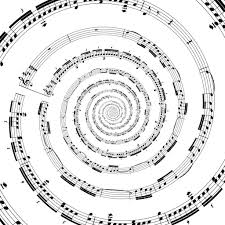


http://fr.wikipedia.org/wiki/Bol%C3%A9ro_(Ravel)



LINKS
http://www.jhu.edu/jhso/about/prgrmnotes/pn_20121020.html
http://www.sfsymphony.org/Watch-Listen-Learn/Read-
Program-Notes/Program-Notes/RAVEL-Bolero.aspx
http://www.kennedy-center.org/calendar/?fuseaction=composition&composition_id=2202
http://en.wikipedia.org/wiki/Bol%C3%A9ro
http://boleroinrock.com/
http://www.cpr.org/article/Ravel_Bolero
http://www.rpo.org/s_7/s_100/p_600/Program_Notes_-_Bolero/
http://www.lamusiqueclassique.com/2012/02/maurice-ravel-le-bolero/
http://www.sagreiss.org/carnival.htm
http://www.kusc.org/Blog/bartel/blogentry.aspx?BlogEntryID=10666303
http://www.wsj.com/articles/SB10001424052702303552104577436853116452924
https://ebottoms.wordpress.com/2013/09/
http://fr.wikipedia.org/wiki/Bol%C3%A9ro_(Ravel)
http://www.bolerodanse.djarabi.com/
COMPOSER
RAVEL
RAVEL
BOLERO
Discovering Masterpieces
of Classical Music

BOLERO
Riccardo Muti, Conductor
Philadelphia Orchestra
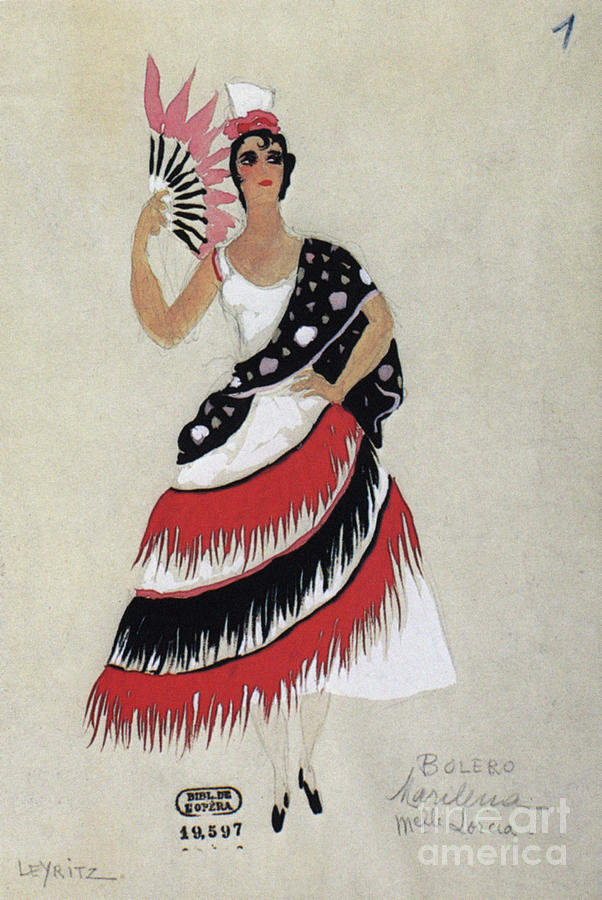 |
| http://fineartamerica.com/featured/bolero-costume-granger.html |
BOLERO
Royal Concertgebouw Orchestra
THIS ARTICLE FROM:
by Michael Steinberg
RAVEL: BOLÉRO
Joseph Maurice Ravel
was born in Ciboure
was born in Ciboure
 |
| http://www.ciboure-paysbasque.com/il_etait_une_fois/maurice_ravel.php |
Basses-Pyrénées, on March 7, 1875,
and died in Paris on December 28, 1937.
He composed Boléro between July and
October 1928 on commission from
Mme. Ida Rubinstein
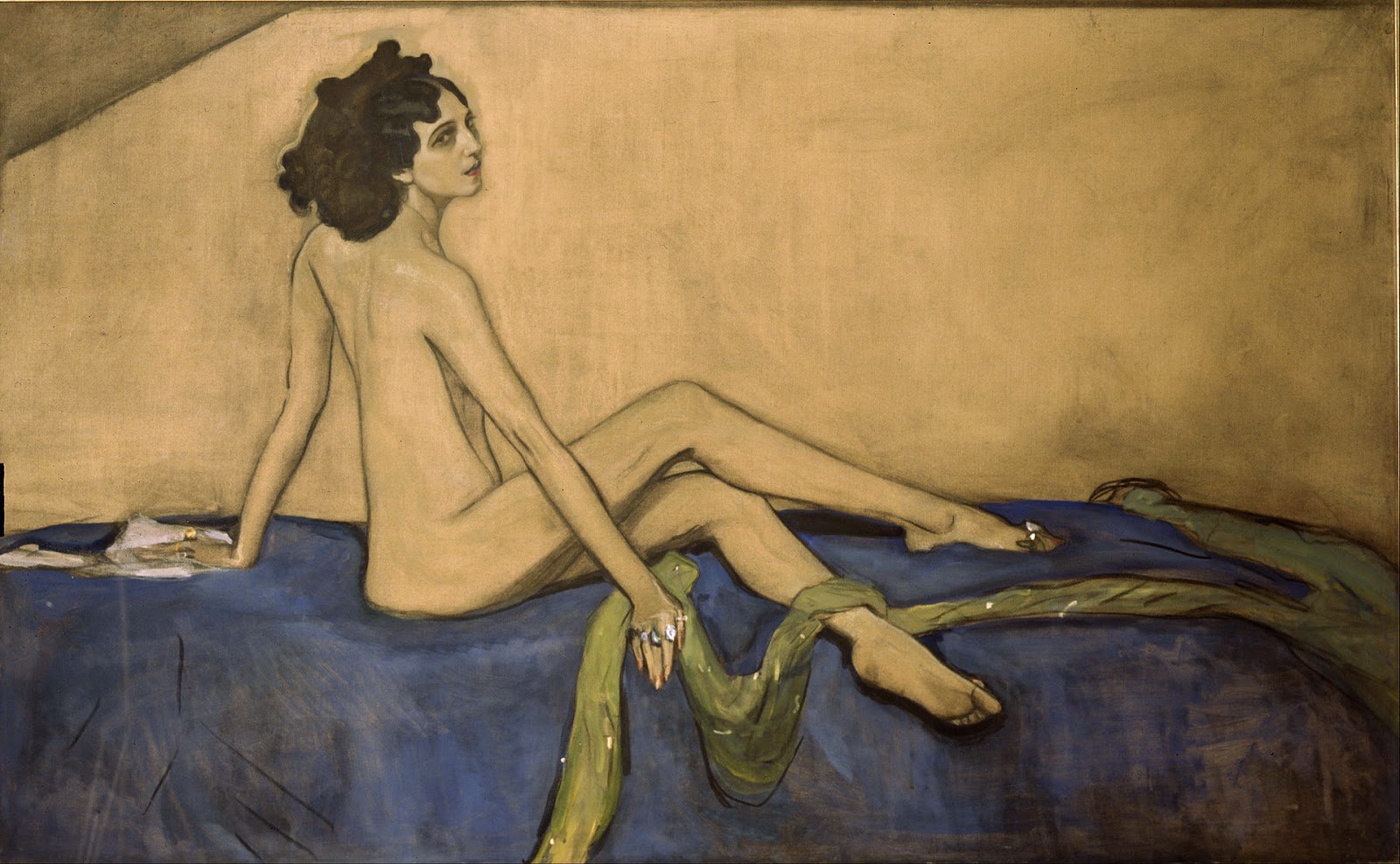 |
| Valentin Serov: Ida Rubinstein, 1912 (The inspiration behind Boléro) |
for her ballet troupe, which mounted
the premiere at the Paris Opera
the premiere at the Paris Opera
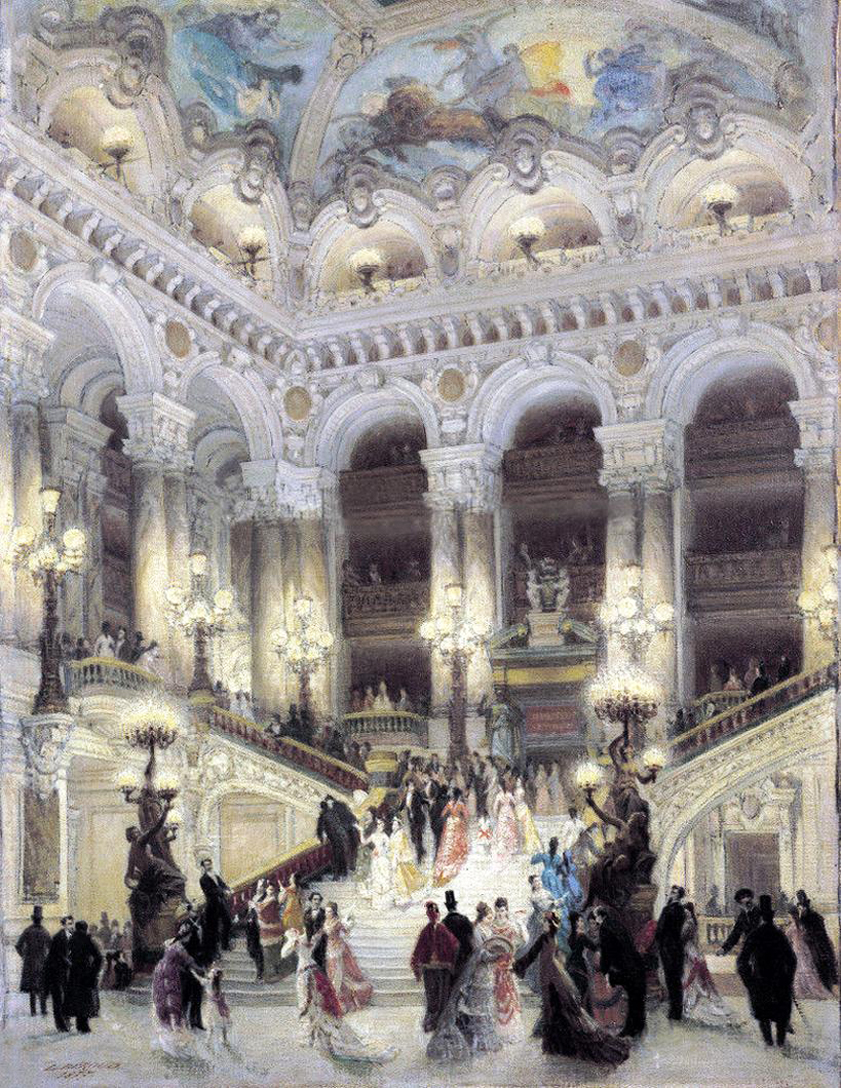 |
| Louis Béroud: The grand stairway of the Paris Opera, designed by Charles Garnier, was begun in 1864 but not finished until 1875. |
on November 22, 1928, with
performance in Paris with the
Lamoureux Orchestra on January 11,
1930, but the North American premiere
had already taken place two months
earlier, on November 14, 1929, when
 |
| Arturo Toscanini |
conducted the New York
Philharmonic Symphony.
.jpg)
BOLERO
Arturo Toscanini, Conductor
NBC Orchestra, 1939
https://www.youtube.com/watch?v=HiYIiPWZ6cQ
.jpg)
BOLERO
Arturo Toscanini, Conductor
NBC Orchestra, 1939
https://www.youtube.com/watch?v=HiYIiPWZ6cQ
Boléro is scored for two flutes and piccolo,
two oboes (second doubling oboe d'amore)

and English horn, two clarinets, high clarinet
in E-flat, bass clarinet, two bassoons and
contrabassoon, three saxophones
(sopranino, soprano, alto),
four horns, four trumpets, three trombones,
bass tuba, timpani, two snare drums,
cymbals, tam-tam, celesta,
cymbals, tam-tam, celesta,
harp, and strings.
Just before composing Bolero Ravel had been to the
United States on a major concert tour and
was the guest conductor

at the San Francisco Symphony
concerts of February 3 and 5, 1928. He
United States on a major concert tour and
was the guest conductor

at the San Francisco Symphony
concerts of February 3 and 5, 1928. He
was a tiny man, fine-featured, with a long nose
and a mouth like a horizontal line. His tightly
contained white hair made him look older than
his not quite fifty-three years; a certain diffidence
betrayed the fact that he rarely found himself on
a podium before an orchestra. Maurice Ravel
had in fact led the Boston and Chicago
symphonies and the Cleveland Orchestra within
the past few weeks, and when he acknowledged
the ovations in the Curran Theatre
 |
| Curran Theatre, 1922 |
 |
| Here is a page out of the program book |
in San Francisco he was about one-
quarter of the way through a triumphal tour
quarter of the way through a triumphal tour
that took him, between January 4 and April 21,
to twenty-five cities in the United States and
Canada. He was celebrated and prosperous;
with few exceptions, he had already written the
music that made him so. Those exceptions
included Boléro, which would quickly become
the most famous of all his works.
Before leaving for America, Ravel had promised
 |
| Georges LaCombe: Baie de St. Jean de Luz (Côte de Sainte-Barbe) (The Bay of St. Jean de Luz [Sainte-Barbe Coast]), ca. 1902-04 |
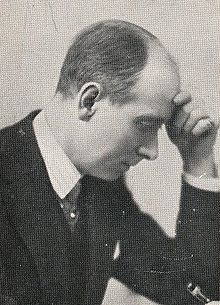 |
| Gustave Samazeuilh in 1930 |
music critic of La Républicaine, was
his guest. As the two were about to go out
for their pre-breakfast swim, Ravel made a
his guest. As the two were about to go out
for their pre-breakfast swim, Ravel made a
detour via his piano and played a melody.
 |
| Maurice Ravel and Gustave Samazeuilh (Rene de Castera "page turner") |
"Don't you think this theme has
a certain insistent quality?"
he asked.
"I'm going to try and repeat it a number of
times without any development, gradually
increasing the orchestra as best I can."
As soon as Ravel returned to Le Belvédère,
his villa west of Paris, he began his new
score. His first working title was Fandango,
but realizing that the increase in speed and
the sudden stops characteristic of that dance
were contrary to his idea for the new piece,
he retitled the piece Boléro.

BOLERO
(For Dance)
Maurice Bejart, Choreographer
Nicolas Le Riche, Dancer
enjoyed considerable success,
 |
but it was only when her exclusive
performance right elapsed and the first
concert presentations took place that the
staggering popularity of Boléro began.
BOLERO
(With Animation of the
Different Instruments)
Lubjlana Radio Symphony Orchestra
"Boléro consists of 18 cycles
of the same melody. In each
cycle, instruments are added,
the orchestration is varied, and
the orchestra plays with increased
energy, growing more insistent
and louder. While the melody
repeats itself, 'the colors and
contest are always changing.'
In the final cycle, the orchestra
roars with overpowering rhythm
and power."
Quoted language is taken from Phil plays it safe but plays it well,
by Mark Swed, Los Angeles Times Music Critic, Reviewing the
October 4, 2008 performance of Boléro by the Los Angeles
Philharmonic Orchestra, L.A. Times October 6, 2008, page E3.

HERE IS RAVEL ON BOLERO:
"I am particularly anxious that there should
be no misunderstanding as to my Boléro.
It is an experiment in a very special and
limited direction, and it should not be
suspected of aiming at achieving anything
different from, or anything more than, it
actually does achieve. Before the first
performance, I issued a warning to the
effect that what I had written was a piece…
consisting wholly of orchestral texture
without music—of one long, very gradual
crescendo. There are no contrasts, and
there is practically no invention except in
the plan and the manner of the execution.
The themes are impersonal—folk tunes
of the usual Spanish-Arabian kind. What-
ever may have been said to the contrary,
the orchestral treatment is simple and
straightforward throughout, without the
slightest attempt at virtuosity.... I have
done exactly what I have set out to do,
and it is for listeners to take it or leave it."
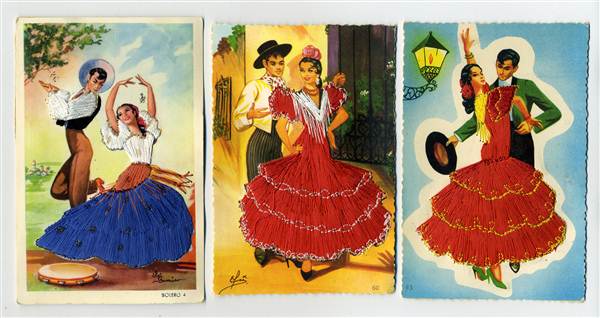

The first could stand by itself, but the
second starts so obliquely that it has to
be a continuation rather than a beginning.
second starts so obliquely that it has to
be a continuation rather than a beginning.
He begins with solo instruments playing
the melody and progresses to groups,
often assembled in novel and effective
ways. Much of the effect of the crescendo
is vested in the accompaniment. A snare
drummer taps out the bolero rhythm from
beginning to end, a second drummer
But violas and cellos mark the beat too,
and as soon as we have heard the first
melody through once, Ravel begins to
build the accompaniment. Often, the
instrument that last played the melody
joins the accompaniment team. When
the two melodies come around for the
last time, the obsessive rhythm is beaten
out with an increasing dissonance.
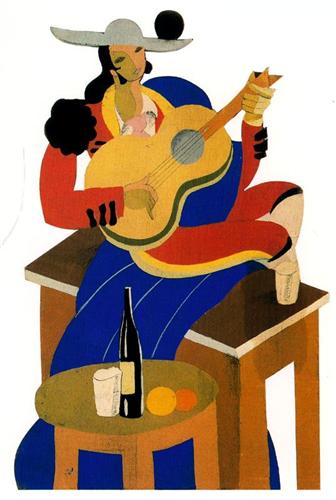 |
| Antonia Merce: Figurine for Ravel's Bolero, 1930 |
HOW DO YOU END SUCH A PIECE?
When a dynamic crescendo is no longer
feasible, Ravel makes a huge harmonic
leap. We have been at a C major stand-
still for fifteen minutes. Virtually without
warning, we are suddenly plunged into E
major. The shock destroys the piece,
which collapses in upon itself as a mined
tower collapses. Fair enough as a symbol,
for Boléro was a radical challenge
to the most basic assumptions
Dennis Burkh, Conductor
LESSON PLAN
BOLERO: RHYTHMS,
OBSESSION, AND ART
Louisianna Philharmonic Orchestra
Louisianna Philharmonic Orchestra

| Marc Claerbout: Bolero (collage of paper) |
Gustavo Dudamel, Conductor
Wiener Philharmoniker
http://en.wikipedia.org/wiki/Bol%C3%A9ro#Structure
http://www.radiolab.org/story/217340-unraveling-bolero/


https://lpomusic.com/ArticleMedia/Files/Lesson%20Plans/Bolero1.pdf
 |
| Antonio Cabral Bejarano: A Bolero Dancer, 1842 |
LESSON PLAN
BOLERO AND THE WRITING PROCESS
KEEPING SCORE
 |
| Arnold Shore: Ravel's Bolero |
BOLERO
INTERESTING RENDITIONS
BOLERO
Performed by "Blast"
BOLERO
(Reworked in a Minor Key)
AMERICAN BOLERO
(A Swing Era Take-Off of the Bolero)
Gene Krupa
BOLERO
(Vocal)
Bel Canto Choir Vilnius
BOLERO
Ray Coniff Arrangement
BUILDING BOLERO
The Queensland Symphony Orchestra
BOLERO
Copenhagen Philharmonic
Copenhagen Central Station
Flash Mob
BOLERO
Ice Scating Free Dance
Jayne Torvill and Christopher Dean
World Figure Skating Competition, 1984
BOLERO
Rehearsal and Part 1/2
Zubin Mehta, Conductor
BOLERO
Part 2/2
Zubin Mehta, Conductor
BOLERO
Winer Cello Ensemble 5+1
| Thème | Instrumentation | Temps | |
|---|---|---|---|
| pp | r | Altos & violoncelles pizzicato, 1 ° caisse claire (répété une fois) | |
| pp | A | 1 ° flûte | 0' 12'' |
| pp | r | 2 ° flûte | |
| p | A | 1 ° clarinette | 1' 02'' |
| p | r | Harpe (sons harmoniques), 1 ° flûte | |
| p | B | 1 ° basson | 1' 53'' |
| mp | r | Harpe (sons naturels), 2 ° flûte | |
| p | B | Petite clarinette mi bémol | 2' 44'' |
| p | r | 2 ° violons pizzicato & contrebasse, alternance des bassons mp | |
| mp | A | Hautbois d'amour | 3' 36'' |
| p | r | 1 ° violons pizzicato, 1 ° cor | |
| mp | A | 1 ° trompette avec sourdine, 1 ° flûte à l'octave (jeu d'octave) pp | 4' 28'' |
| mp | r | Flûtes, 2 ° trompette, 2 ° violons pizzicato | |
| mp | B | Saxophone ténor expressivo, vibrato | 5' 20'' |
| mp | r | 1 ° trompette, hautbois, cor anglais, 1 ° violons pizzicato | |
| mp | B | Saxophone sopranino, fin au saxophone soprano expressivo, vibrato | 6' 13'' |
| mf | r | 1 ° flûte, clarinette basse, bassons, 2 ° cor, harpe | |
| mf | A | 1 ° piccolo (mi majeur), 2 ° piccolo (sol majeur), 1 ° cor et célesta (do majeur) | 7' 06'' |
| mf | r | 3 trompettes, 4 ° cor et arpèges des cordes | |
| mf | A | 2 hautbois, cor anglais et 2 clarinettes (do majeur), hautbois d'amour (sol majeur) | 7' 57'' |
| mf | r | 1 ° flûte, contrebasson, clarinettes, 2 ° cor | |
| mf | B | 1 ° trombone (dans le suraigu) sostenuto | 8' 49'' |
| f | r | 1 ° trompette, 4 ° cor, tutti de cordes | |
| f | B | Bois (jeux de tierces et quintes) | 9' 41'' |
| f | r | Bassons, contrebasson, cors et timbales | |
| f | A | Piccolo, flûtes, hautbois, clarinettes, 1 ° violons (jeux d'octaves) | 10' 32'' |
| f | r | ||
| f | A | Bois, 1 ° & 2 ° violons (jeux de tierces et quintes) | 11' 22'' |
| f | r | ||
| f | B | Bois, 1 ° & 2 ° violons, 1 ° trompette (jeux d'octaves) | 12' 13'' |
| f | r | ||
| f | B | Bois, 1 ° & 2 ° violons, 1 ° trombone (jeux de tierces et quintes) | 13' 05'' |
| ff | r | Bois aigus, cors, cordes, + 2 ° caisse claire, tout l'orchestre | |
| ff | A | Piccolo, flûtes, saxophones, petite trompette, 3 trompettes, 1 ° violons | 13' 56'' |
| ff | r | ||
| ff | B | Piccolo, flûtes, saxophones, les 4 trompettes, 1 ° trombone, 1 ° violons | 14' 47'' |
| ff | Modulation en mi majeur sur 8 mesures puis retour dans le ton principal | ||
| ff | r | Grosse caisse, cymbales, tam-tam, glissandos de trombones (répété une fois) | |
| ff | Grand accord dissonant et écroulement final | 16' 06'' | |
LINKS
http://www.jhu.edu/jhso/about/prgrmnotes/pn_20121020.html
http://www.sfsymphony.org/Watch-Listen-Learn/Read-
Program-Notes/Program-Notes/RAVEL-Bolero.aspx
http://www.kennedy-center.org/calendar/?fuseaction=composition&composition_id=2202
http://en.wikipedia.org/wiki/Bol%C3%A9ro
http://boleroinrock.com/
http://www.cpr.org/article/Ravel_Bolero
http://www.rpo.org/s_7/s_100/p_600/Program_Notes_-_Bolero/
http://www.lamusiqueclassique.com/2012/02/maurice-ravel-le-bolero/
http://www.sagreiss.org/carnival.htm
http://www.kusc.org/Blog/bartel/blogentry.aspx?BlogEntryID=10666303
http://www.wsj.com/articles/SB10001424052702303552104577436853116452924
https://ebottoms.wordpress.com/2013/09/
http://fr.wikipedia.org/wiki/Bol%C3%A9ro_(Ravel)
http://www.bolerodanse.djarabi.com/
 |
| Antonio Mª Esquivel: Scene of a Bolero Dance |
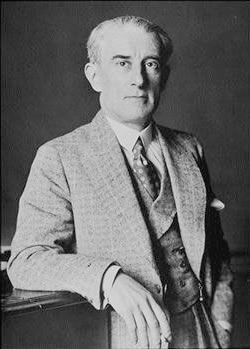

0003.jpg)





.jpg)
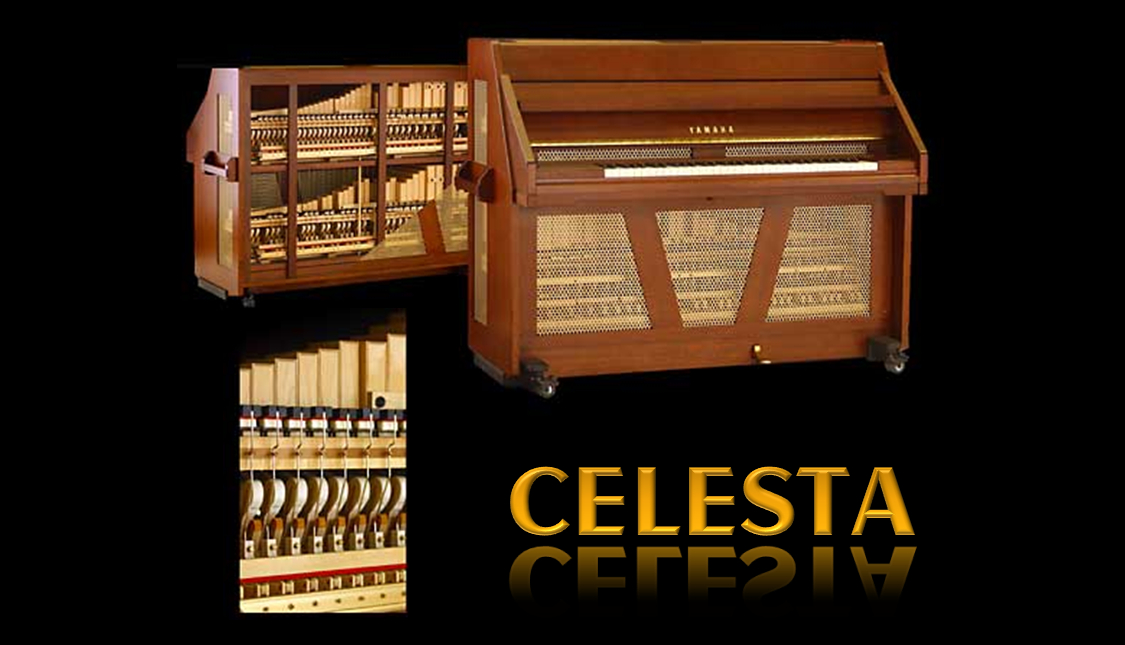
.jpg)


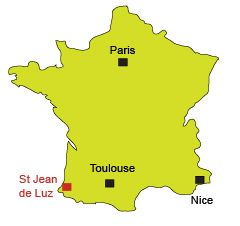

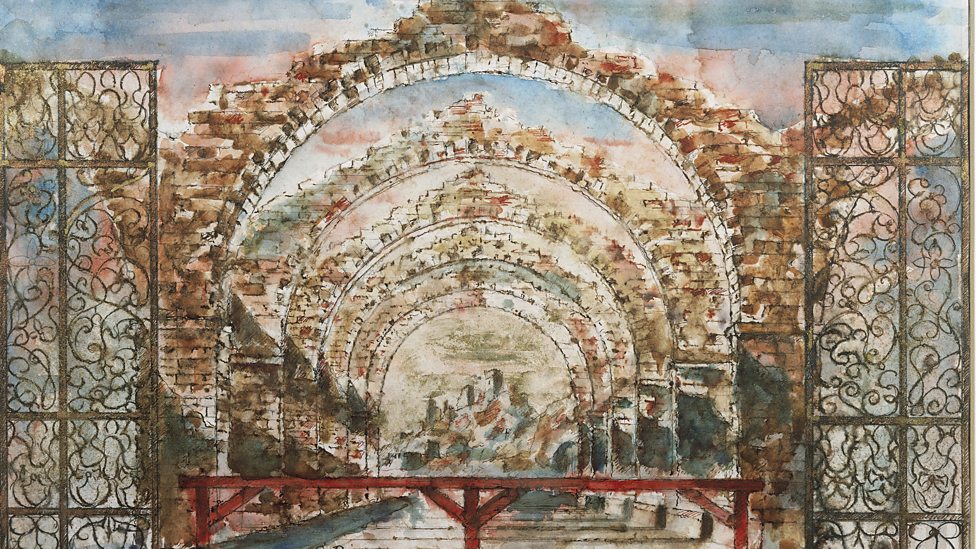
.JPG)
.JPG)


.JPG)
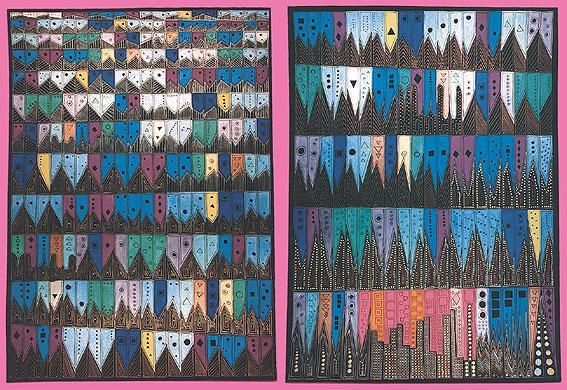







0001.jpg)
.jpg)